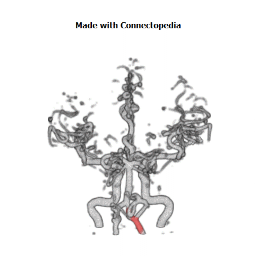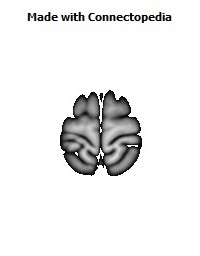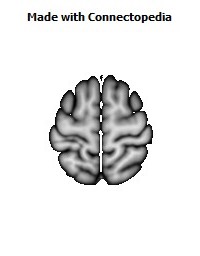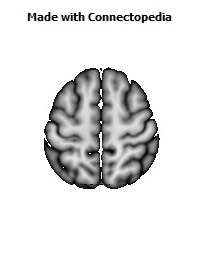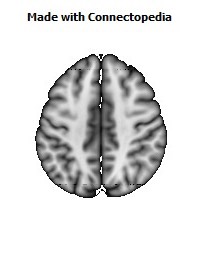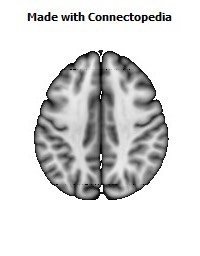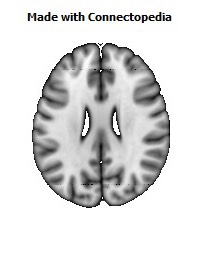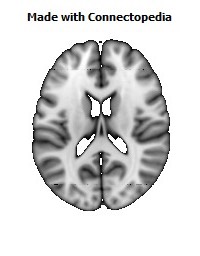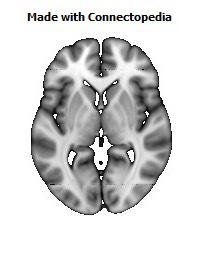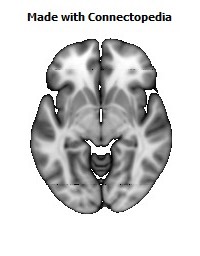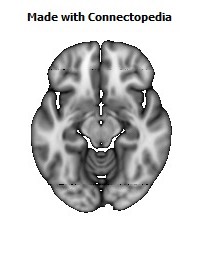

The vertebral arteries are major arteries of the neck. They branch from the subclavian arteries and merge to form the single midline basilar artery in a complex called the vertebrobasilar system, which supplies blood to the posterior part of the circle of Willis and thus significant portions of the brain.
Course

The vertebral arteries arise from the subclavian arteries, one on each side of the body, then enter deep to the transverse process of the level of the 6th cervical vertebrae (C6), or occasionally (in 7.5% of cases) at the level of C7. They then proceed superiorly, in the transverse foramen (foramen transversarium) of each cervical vertebra. Once they have passed through the transverse foramen of C1 (also known as the atlas), the vertebral arteries travel across the posterior arch of C1 and through the suboccipital triangle before entering the foramen magnum.
Nunziante Ippolito, a neapolitan physician, indicated the "angle of Nunziante Ippolito" to find vertebral artery, between anterior scalene muscle and Longus colli muscle.
Inside the skull, the two vertebral arteries join up to form the basilar artery at the base of the medulla oblongata. The basilar artery is the main blood supply to the brainstem and connects to the Circle of Willis to potentially supply the rest of the brain if there is compromise to one of the carotids. At each cervical level, the vertebral artery sends branches to the surrounding musculature via anterior spinal arteries.
The branches of the subclavian artery are: 1. Vertebral; 2. Internal mammary; 3. Thyrocervical; 4. Costocervical; 5. Descending or Dorsal scapular artery (50% of the time).
Division into four parts
The vertebral artery may be divided into four parts:
First part
The first part runs upward and backward between the Longus colli and the Scalenus anterior.
In front of it are the internal jugular and vertebral veins, and it is crossed by the inferior thyroid artery; the left vertebral is crossed by the thoracic duct also.
Behind it are the transverse process of the seventh cervical vertebra, the sympathetic trunk and its inferior cervical ganglion
Second part
The second part runs upward through the foramina in the transverse processes of the C6 to C2 vertebræ, and is surrounded by branches from the inferior cervical sympathetic ganglion and by a plexus of veins which unite to form the vertebral vein at the lower part of the neck.
It is situated in front of the trunks of the cervical nerves, and pursues an almost vertical course as far as the transverse process of the axis.
Third part
The third part issues from the C2 foramen transversarium on the medial side of the Rectus capitis lateralis. It is further subdivided into the vertical part V3v passing vertically upwards, crossing the C2 root and entering the foramen transversarium of C1, and the horizontal part V3h, curving medially and posteriorly behind the superior articular process of the atlas, the anterior ramus of the first cervical nerve being on its medial side; it then lies in the groove on the upper surface of the posterior arch of the atlas, and enters the vertebral canal by passing beneath the posterior atlantoöccipital membrane.
This part of the artery is covered by the Semispinalis capitis and is contained in the suboccipital triangle—a triangular space bounded by the Rectus capitis posterior major, the Obliquus superior, and the Obliquus inferior.
The first cervical or suboccipital nerve lies between the artery and the posterior arch of the atlas.
Fourth part
The fourth part pierces the dura mater and inclines medialward to the front of the medulla oblongata; it is placed between the hypoglossal nerve and the anterior root of the first cervical nerve and beneath the first digitation of the ligamentum denticulatum.
At the lower border of the pons it unites with the vessel of the opposite side to form the basilar artery.
Variations
The left vertebral artery is usually larger and carries more blood. In 3-15% of the population, a bony bridge called the arcuate foramen covers the groove for the vertebral artery on vertebra C1.
diencephalon of the fetus. The PCA begins as such, as a continuation of the PCommA in the fetus with only 10–30% of fetuses having a prominent basilar origin.
The fetal carotid origin of the PCA usually regresses as the vertebral and basilar arteries develop with the PCommA reducing is size. In most adults, the PCA sources from the anterior portion of the basilar artery. Only about 19% of adults retain PCommA dominance of the PCA with 72% having dominant basilar origin, and the rest being equal prominence or exclusive sources for suppyling the PCA.
